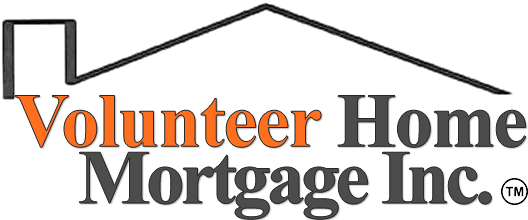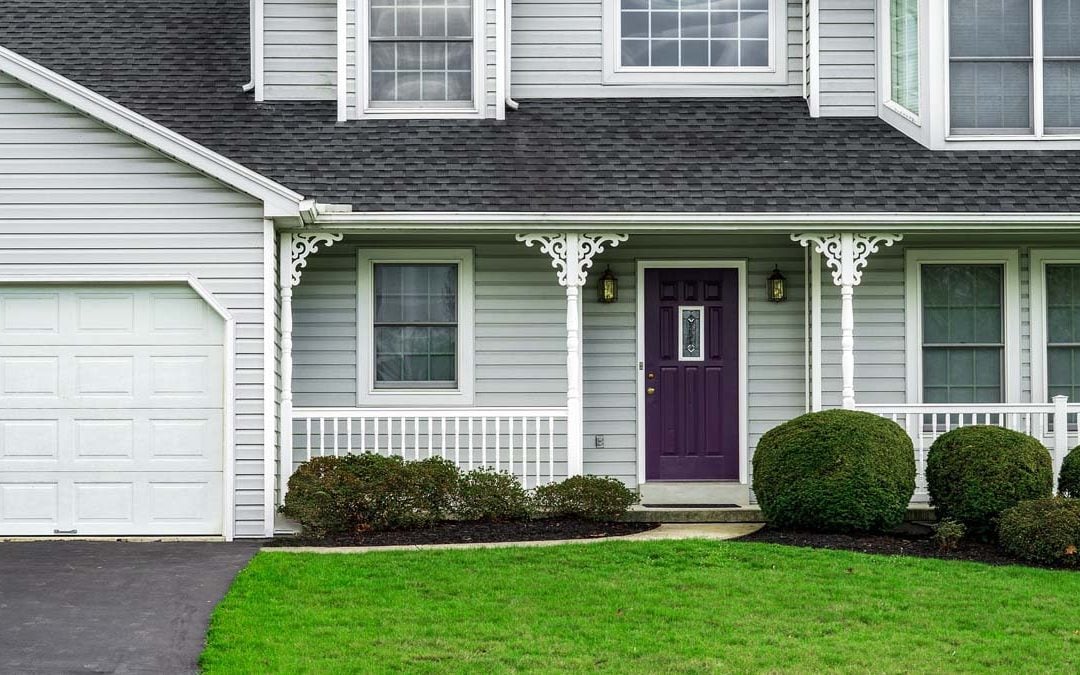When it comes to securing a home mortgage, most of us are concerned about securing a good interest rate. But do you understand how your rate will be handled?
Most home loans come as a fixed-rate mortgage or an adjustable-rate mortgage (ARM). And while friends may strongly advise you toward one or the other, you need to understand the differences between them before you make a decision.
What is a Fixed-Rate Mortgage?
As the name indicates, a fixed-rate mortgage has an interest rate that will stay the same for the duration of your loan. It’s fixed in place, whether the term of your loan is 10 years or 30. The economy can’t touch it. These loans tend to have a higher interest rate because they have to be profitable for the whole life of the loan.
With a fixed-rate mortgage, your payment is stable. Your property taxes and insurance payments may go up, but the payment on your loan is set until you pay it off. Most homebuyers opt for this type of loan, but an adjustable-rate mortgage offers advantages of its own.
What is an Adjustable-Rate Mortgage (ARM)?
An ARM’s interest rate increases or decreases throughout the life of the loan. The fluctuations are determined by what’s called an index and a margin. What are those?
Index: A measurement of interest rates that reflect trends in the overall economy.
Margin: An extra percentage that the lender adds to the index.
Most ARMs are divided into two periods of payment. During the first period (generally ranging from six months to 10 years), your interest rate is fixed. At this point, your interest rate will likely be lower than with a fixed-rate mortgage. When that initial period is over, the interest rate begins to change at regular intervals, following the index and margin.
The length of these periods is laid out in the name of the ARM you acquire. For example, you may be given a 5/6 ARM.
The first number (5) tells you how long your initial fixed period will last. In this case, five years. The second number (6) tells you how often your interest rate may change after the initial fixed period. In this case, the interest rate (and your payment) may change every six months.
Your ARM may have a cap for how high or low your interest rate can go. Make sure you know these limits beforehand.
How Do You Choose Between a Fixed-Rate Mortgage and an ARM?
Every situation is different, which is why we recommend talking through your options with your lender. If you give us a call, we’d love to teach you more about each option and help you determine what would be the best fit for your situation.
Many homebuyers are attracted to the stable payments and simple rules of fixed-rate mortgages. If you aim to stay in the house long-term, it can make planning around your payments much easier. This may be why 85 to 90 percent of homebuyers in 2008 to 2014 chose fixed-rate mortgages. And when interest rates dropped in 2020, many were still able to take advantage of that drop by refinancing their homes.
There are a variety of reasons why you might opt for an adjustable-rate mortgage. If you plan on moving before or soon after your initial period ends, you can take advantage of low payments while you save up for your next season of life. Or perhaps your income is lower now, but you anticipate being able to make higher payments in the future.
The Consumer Financial Protection Bureau advises asking these questions before taking out an ARM:
- How high can your interest rate and monthly payments go with each adjustment?
- How frequently will your interest rate be adjusted?
- How soon can your payment go up?
- Is there a cap on how high your interest rate can go?
- Is there a limit on how low your interest rate can go?
- Will you be able to afford the loan if the rate and payment go up to the maximum allowed under the loan contract?
At Volunteer Home Mortgage, we want to help you answer these and other important questions. Give us a call so we can learn about your unique situation and find the best loan for you and your family!

